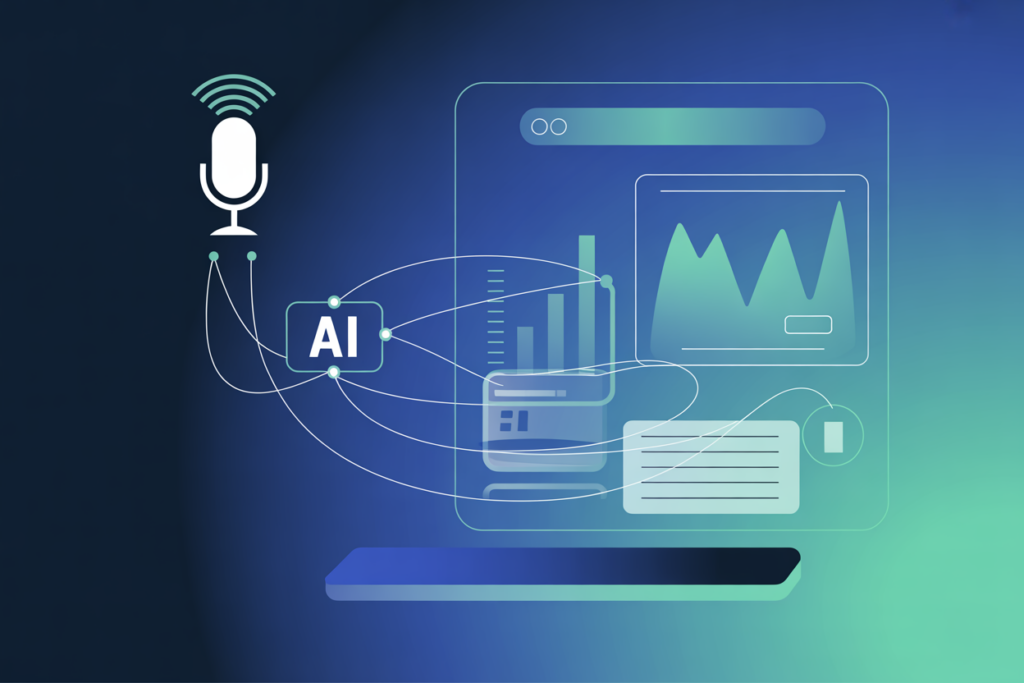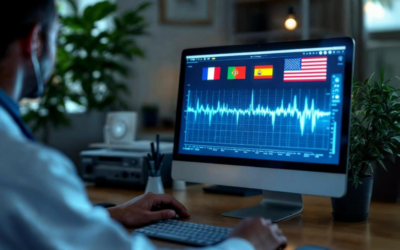Medical charting is essential, but it shouldn’t eat up your entire day. For many healthcare providers, completing medical notes after patient visits can feel like a second full-time job. Between navigating EHRs, adhering to compliance standards, and writing detailed notes, it’s easy to fall behind or spend late nights finishing charts.
To help you streamline your medical documentation workflow and make the most of your charting software, here are five time-saving strategies you can start using today.
1. Chart in Real-Time Whenever Possible
One of the most effective ways to save time on medical charting is to document notes during or immediately after a patient encounter. Delaying charting can lead to missing details or needing to revisit cases unnecessarily. Consider utilizing templates or shorthand methods within your charting software to capture essential patient data quickly during the appointment.

2. Leverage Medical Charting Software or AI Scribes
Modern technology, particularly advanced medical charting software, has made it easier than ever to automate and speed up clinical documentation. AI medical scribe tools like Dorascribe are specifically designed to take the charting burden off your shoulders. These charting tools work seamlessly to:
- Record patient conversations directly
- Automatically generate structured medical notes within your charting system
- Allow you to quickly review and edit notes before finalizing them
Using intelligent charting software like Dorascribe not only improves efficiency in healthcare documentation but also ensures your notes are consistent, secure, and HIPAA-compliant – giving you more time to focus on patient care. This type of medical scribing software is a game-changer for busy practitioners.
Learn more about the must-have features to look for in AI medical scribes.

3. Standardize Your Note Templates
Creating and using structured templates within your medical charting software can cut documentation time significantly. Templates for common visit types — such as annual physicals, follow-ups, or chronic care management — help eliminate repetitive typing and improve note consistency across your medical charts.
4. Master Your EHR/Charting Software Shortcuts
Most electronic health record systems and dedicated charting software include time-saving features like macros, smart phrases, and hotkeys. Taking time to learn and customize these shortcuts within your charting software will lead to faster documentation with fewer clicks.
5. Delegate Non-Essential Tasks
Free up your time spent on documenting by having support staff assist with prep work. Medical assistants or nurses can collect vitals, update medication lists, or start note templates within the charting software before the provider sees the patient. This allows clinicians to focus only on the parts of documentation that truly require their expertise.

Final Thoughts
Completing patient notes doesn’t have to be a time sink. By combining smarter habits with powerful charting software and AI-powered charting tools like Dorascribe, healthcare providers can significantly reduce their documentation load, improve accuracy in their medical charts, and reclaim valuable hours every week.
Ready to save time with AI-powered medical scribe software?




